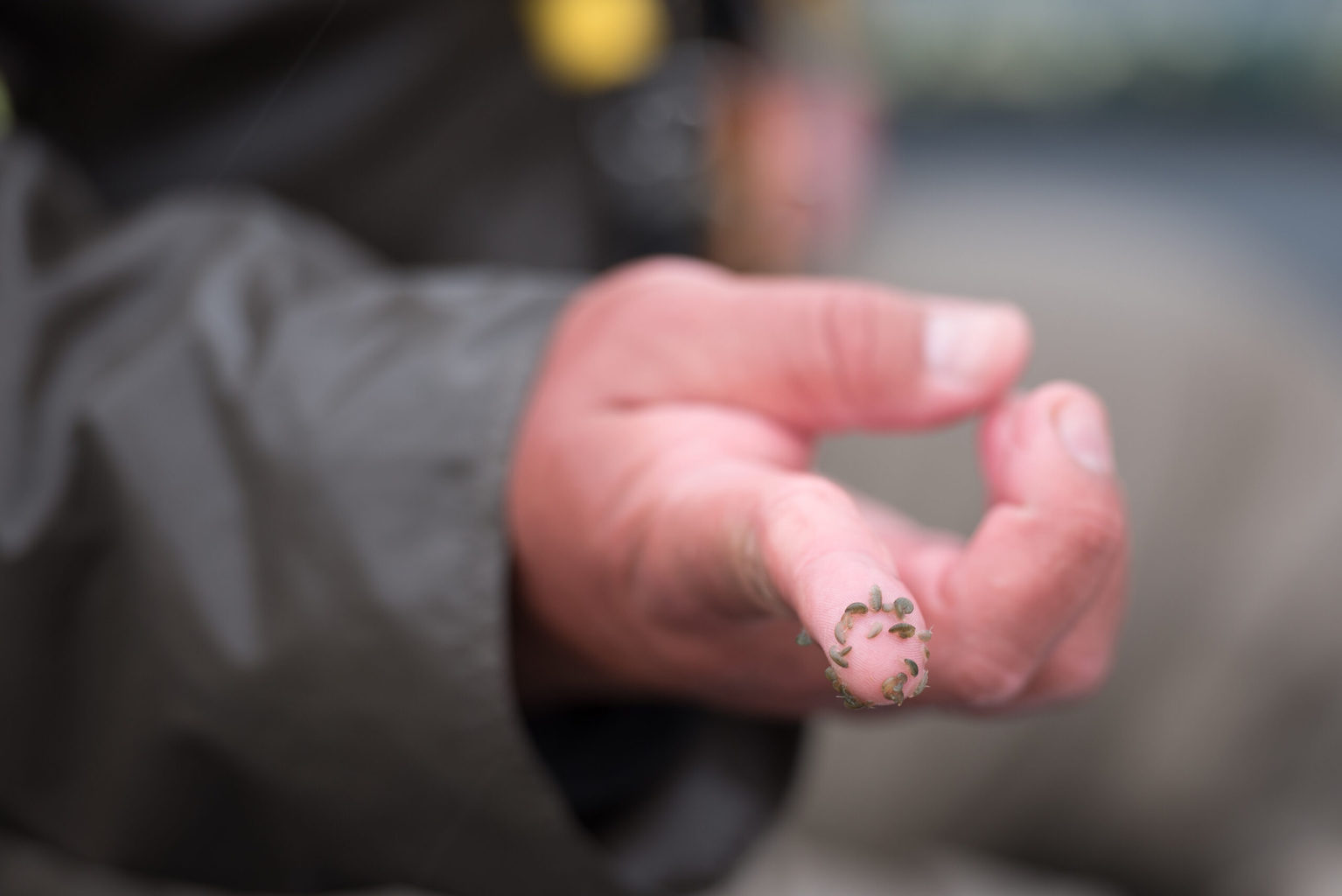When Should I Change My Fly Leader?
One of the most common questions among fly anglers is, “When should I change my fly leader?”
It’s a good thing to ponder, as it shows an observant nature and makes it apparent that you’re keeping an eye on your rig. There are certainly times when folks change their leader too quickly, but usually if you’re thinking about changing it, it’s probably time to change it. With that said, there are absolutely tell-tale signs that your leader needs freshened up, and there are also situations trout and steelhead anglers will encounter that call for a switch of tactics and new leaders.
What Does It Look Like?
Every leader has a certain lifespan, and much of that depends on how often you’re fishing and what happens when you’re out on the water. A windy day with plenty of false casting will undoubtedly end in a couple knots, and for those fishing in winter, ice shelves can eventually create little frays in the leader that make for weak spots. If you run your fingers along the length of the leader and feel those imperfections, it’s probably time for a new one! Furthermore, leaders will eventually get curls, twists, and kinks in them which can threaten to spook fish and minimize cast accuracy and distance. You can try to stretch these out and increase the life of your leader for a while, but eventually enough wear will mean that it’s time to put a new one on. For those that are on the water frequently, meaning a couple outings a week, spending some time at the end of each session stretching the leader out and correcting some of the imperfections can extend the life further. Even with that, most leaders might only last a couple weeks and should be freshened up to make your time on the water as productive as possible.

What’s The Situation?
Knowing the situation you’re facing is another key factor for knowing when it’s time to change leaders. Picking apart pocket water with a dry-dropper is great when using a 7.5-foot leader, but what about when you get to that deep, fishy-looking pool that’s probably ten or twelve feet deep? In those cases, it’s quite likely that a 7.5-foot leader, even with tippet tied off the end, won’t be enough to successfully reach the bottom where some of the bigger fish are feeding. Swapping things out for a 9-foot leader can be wise in these situations, and depending on the style of fishing you might even consider going to a weighted leader. Many experienced streamer anglers will carry an array of sinking leaders to limit how much extra weight they have to use and ensure that the flies are getting down to the desired depth as quickly as possible. As a general rule of thumb, the faster the water the less time your flies have to get down. With that in mind, deep pools that are fed by swifter currents might require those sinking leaders; otherwise your flies never have a chance to get in front of fish.
Changing a fly leader can sometimes be a pain when you’re in the groove of fishing, but it can be well worth the time if it makes your setup more productive. It’s not always just a worn out leader that calls for change, though. Spooky fish, different water types, and varying rigs all situationally need new leaders, and as such, anglers should carry a wide variety of them in order to be ready for anything that may come their way! Having a variety of leaders handy can help you be prepared for any situation encountered during a day on the water.












